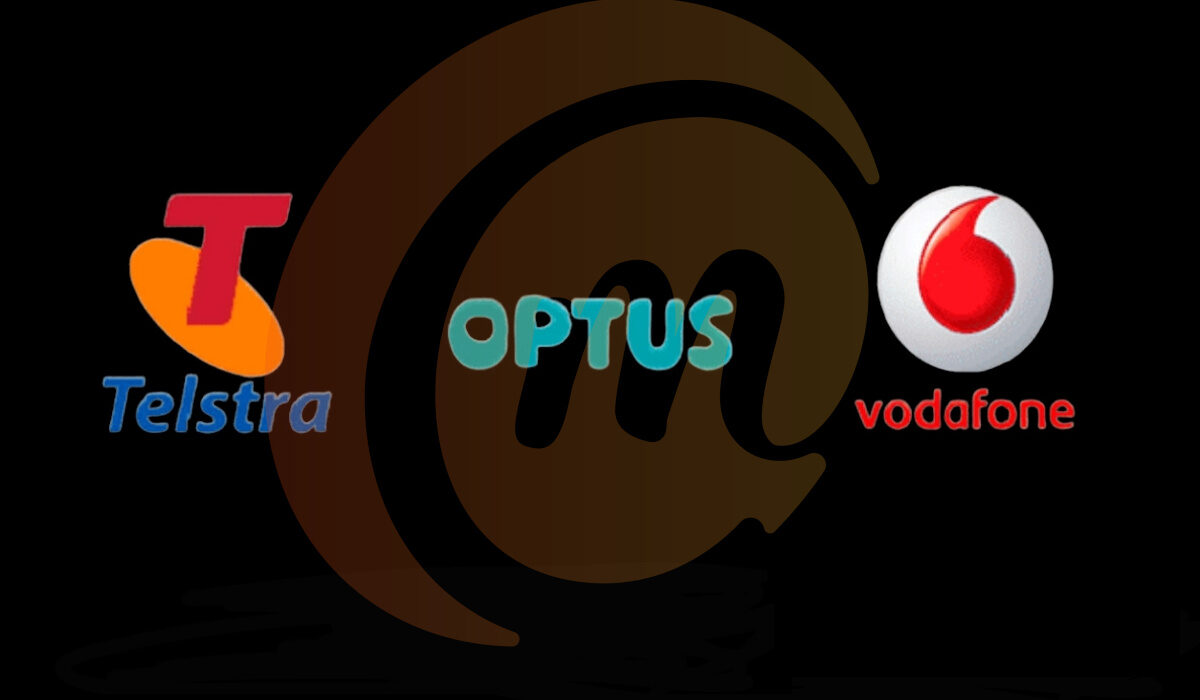Australian mobile networks are GSM-based. However, 2G networks have been completely shut down and so are unavailable. 3G, 4G, and 5G networks are available in the country. Note that 3G networks are already being shut down too.
There are three major mobile phone networks in Australia, namely: Telstra, Optus, and Vodafone. All three of them run 3G, 4G, and 5G networks. Telstra is the largest mobile network in Australia, with about 99% coverage of the population. Optus is the second largest, with about 98% coverage. Vodafone covers 96% of the population.
But beside these three major mobile networks, there are smaller operators – mobile virtual network operators (MVNOs) – in the country who lease wireless telephone and data services from the major operators for resale to consumers.

List of Australian Mobile Virtual Network Operators
All MVNOs in Australia rely on the infrastructure of the three major operators, Telstra, Optus, and Vodafone. In non-technical terms, MVNOs are resellers of mobile services.
- Amaysim
- Southern Phone
- Yomojo
- AGL Internet
- Aldi Mobile
- Aussie Broadband
- Belong
- Boost mobile
- Catch Connect
- Circles.Life
- Coles Mobile
- Dodo
- Exetel
- Felix Mobile
- Flip COnnect
- Gomo Mobile
- Internode
- JeeNee Mobile
- Kogan Mobile & Broadband
- Lebara Mobile
- LycaMobile
- Mate Mobile
- Moose Mobile
- MyRepublic
- OVO
- Origin Broadband
- SpinTel
- Sumo Broadband
- Superloop
- TPG
- Tangerine
- TeleChoice
- Telstra
- Uniti Wireless
- Vaya Mobile
- Westnet
- Woolsworth Mobile
Mobile Frequency Bands used by Mobile Phone Networks in Australia
As already mentioned, there are no active 2G networks in Australia any more. The common 3G frequency bands in Australia are bands 850MHz, 900MHz, and 2100MHz. The common 4G frequencies are bands B1, B3, B5, B7, B7, and B28. The most commonly deployed 5G frequency is: band n78.